From anthropology to handwriting analysis
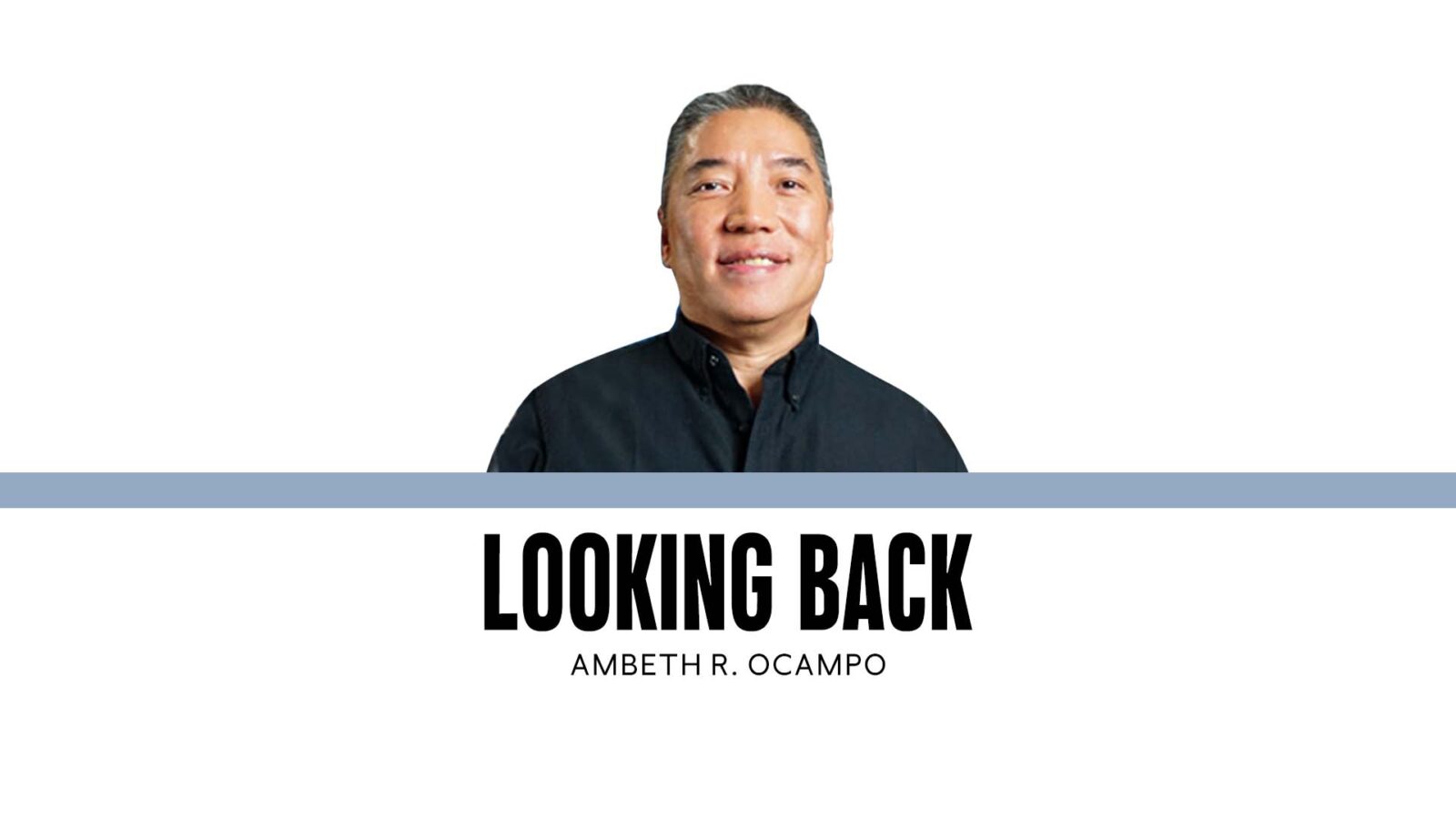
The few holdouts who prefer the paper edition of the Inquirer over the digital version are romantics who like the smell of paper, the smudge of ink on their fingers. While there is a tactile pleasure in reading a newspaper, I prefer digital in my research because I am allergic to book dust. Digital formats can magnify, allowing me to read without my glasses, and it can zoom in to focus on details. Scrolling is faster, more so if a scanned document has optical character recognition. Simply type out a keyword, and everything you need from the text is highlighted.
I have been on the trail of Santiago Artiaga, educated at the University of Michigan and a prewar Manila city engineer, who was later appointed mayor of Davao. City engineers don’t usually make the news these days, unless they are corrupt or a building they approved has collapsed. Artiaga may have lived in the past, but his many trials are issues we see and endure in the present. Artiaga’s misfortune was being earnest; he proposed construction projects that would benefit the greater number but inconvenience a minority who conspired to thwart him. When he proposed to widen streets for the public good, it required a portion of private or commercial land. Lawyers grilled him at public hearings and wore him out in litigation.
City councilors could also create problems; one proposed elevating streets to address flooding. This was in 1931, and the streets chosen were Dapitan and Dimasalang (in the Sampaloc district whose street names made reference to Rizal’s life and works), Trabajo (in a district with street names that reflected Filipino values), Cavite (hotbed of the Philippine Revolution), and finally Washington (hero of the US colonial government). Artiaga opposed the plan because it would prejudice thousands of citizens. Flooding was in the news then and now.
On Aug. 14, 1931, the headline of the Spanish-language newspaper “La Vanguardia” screamed: “LA INUNDACION EN ESTA CIUDAD SE EXTIENDE (The flood in this city [Manila] spreads).” The issue carried photos of flooding from different parts of the city: Escolta, Herran, Jones Bridge, Dasmariñas, etc., where floods were knee-deep. Help was needed in Tondo, and the train service in Luzon was suspended. Former Sen. Sotero Baluyut proposed a great national project against flooding. Baluyut’s plan included the building of dams to contain overflow from rivers. Dams could also channel water for agricultural, commercial, and industrial use. They were talking of a flood control master plan in 1931. We are still talking about it in 2025!
Artiaga was in the news for a sensational trial that eventually acquitted him on the charge of accepting a bribe of P600. Peanuts compared to the billions stolen by crooks in the Department of Public Works and Highways these days. The evidence against Artiaga was an envelope with typewritten text that reads “Contiene P600 (contains P600),” and across it the engineer’s disputed signature. Prosecution rested on the expert opinion of Lieutenant (Lt.) Edwin Andrews, handwriting expert of the Philippine Constabulary. A photo of Andrews in Washington, with Bert C. Farrar, examiner of questioned documents for the US Federal government, was published in the newspapers to bolster his reputation. Artiaga hired the anthropologist H. Otley Beyer of the University of the Philippines, who, on the side, provided expert advice on disputed handwriting to Philippine courts. Beyer maintained that the signature on the bribe envelope was forged. The prosecution argued that Andrews was an impartial expert, while Beyer, who was commissioned by the defendant, was biased.
Beyer’s typed analysis made a dig at the prosecution expert as follows:
“I may state further that I considered Lt. Andrews a well-trained young man whose qualification to give testimony in handwriting cases need not be questioned. He is, however, still rather young, and perhaps lacks a little of the caution which many years of experience develops in one who handles a large number of these cases. It is quite possible to make mistakes where a single signature—especially a penciled one is involved, as I have myself learned by experience on various occasions.”
I had always known Beyer as an anthropologist and prehistorian, so it was a surprise to find a whole box in the National Library of Australia containing his notes and certifications on forged signatures. I did not know he was a court-recognized handwriting expert, and practiced this sideline until the University of the Philippines got wind of it and forbade him from appearing in court. Beyer’s examination was thorough, commenting on paper, ink, hand pressure, and the distinct ways a person crossed their t’s or dotted their i’s, etc. Comparing questionable signatures with authentic ones, he used both his naked eye and a microscope. It was not the court cases I was interested in. I hoped that this box would contain Beyer’s notes on the disputed Rizal retraction document. Beyer certified the document and signature to be authentic. If Beyer’s case file is hiding in Canberra, I must go back to find it.
—————-
Comments are welcome at ambeth.ocampo@inquirer.net
Ambeth is a Public Historian whose research covers 19th century Philippines: its art, culture, and the people who figure in the birth of the nation. Professor and former Chair, Department of History, Ateneo de Manila University, he writes a widely-read editorial page column for the Philippine Daily Inquirer, and has published over 30 books—the most recent being: Martial Law: Looking Back 15 (Anvil, 2021) and Yaman: History and Heritage in Philippine Money (Bangko Sentral ng Pilipinas, 2021).

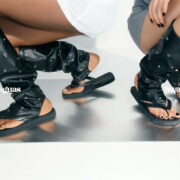


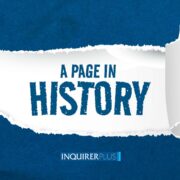
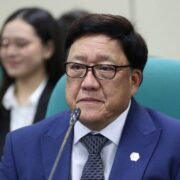
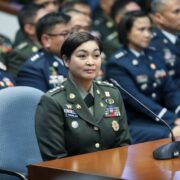

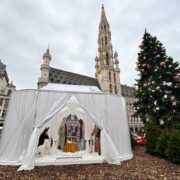


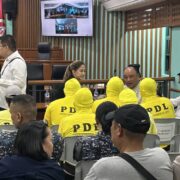
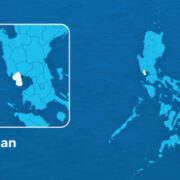

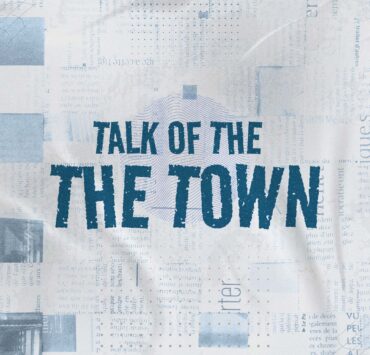
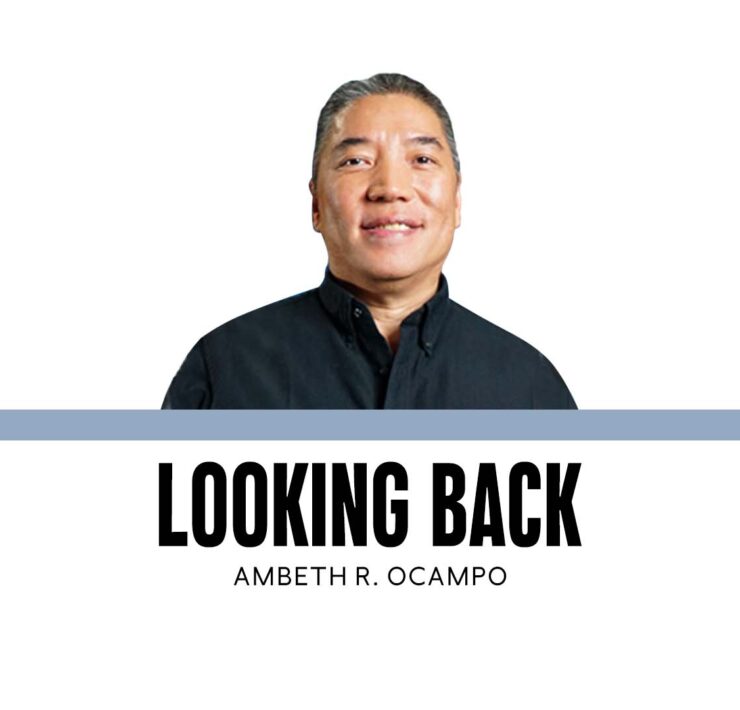


Asia’s gig economy gets a legal upgrade